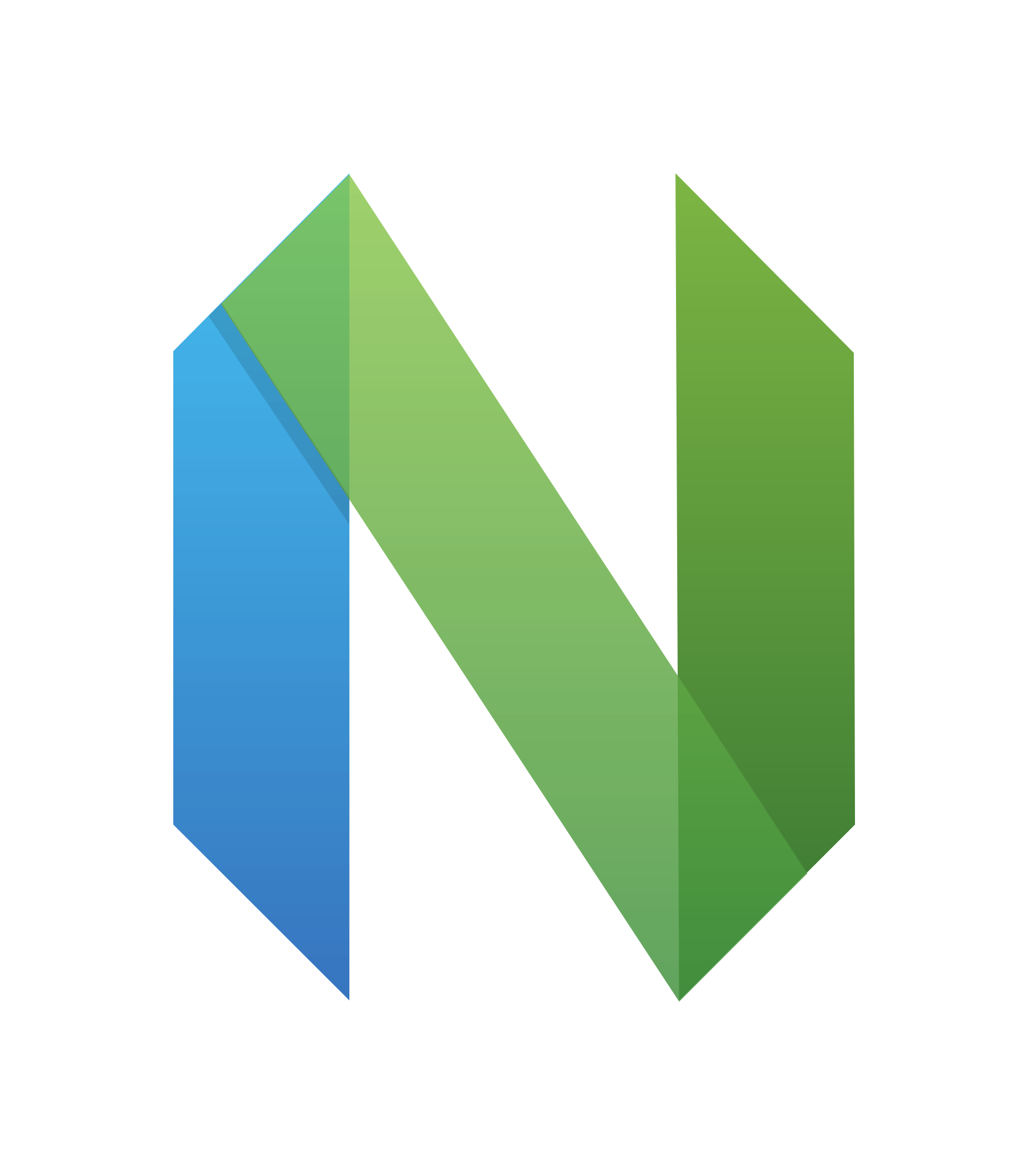cross-posted from: https://lemmy.ml/post/9648279
I would like to premise this with the following:
- The best approach is probably just testing out each and every editor that interests me until I’ve found what works best for me.
- However, I wonder to what degree a test as such would be representative when the likes of Emacs and (Neo)Vim are considered; both of which are known for being a life time learning process.
- I don’t literally expect Emacs or (Neo)Vim to be drop-in replacements for any IDE. Some of the most basic IDE-functions are absent by default and some (perhaps more advanced) functionality might simply not be attainable at all.
- I am not interested in anything that remotely resembles a flame war. The community at Lemmy has so far been very kind to me; let’s keep it that way 😜.
Motivation
I’ve had experiences with Atom, VS Code and some of Jetbrains’ IDEs like Pycharm and Rider. While I’ve been generally content with all of them, it leaves a bad taste in my mouth whenever I’m forced to switch IDEs because their lifetimes and/or lack of extensibility doesn’t allow me to responsibly continue using them. As such, I’m interested in a long time investment that will grow as I will. Both Emacs and (Neo)Vim have passed the test of time and I honestly don’t think they’ll cease to exist in the upcoming decades, that’s why I would love to start using either one of them.
Furthermore, Vi(m) keybindings seem to be somewhat ubiquitous and almost any IDE offers some support. As such, improving my Vi(m)-game should only net-positive my productivity (at least eventually). Also, fluency will benefit me whenever I’m remote accessing any random server as they will always have Vi(m) installed. Thankfully, this doesn’t force me to use Vi(m) (or Neovim) just yet, because Emacs offers with Evil perhaps the single best Vi(m) implementation; outside of native Vi(m)*.
My setup:
- I’m on a custom image of uBlue using their startingpoint as template. For those unaware; an oversimplification would be that it is Fedora Silverblue with some extras.
- As such, I would like to have my developer environments local and have used Distrobox to that extent using steps similar to the ones outlined over here. But I’m not married to that specific way of utilizing local containers. So please feel free to recommend me something that’s at least as good.
- If I go for Emacs, then I will definitely rely on Evil.
- If possible, I would like to use it for C#, Python and Rust. Furthermore, I engage in editing Bash scripts, Dockerfiles, Linux config files, texts written in Latex and/or Markdown and other files written in Nix or JSON. As both are very extensible, I don’t expect any issues, but I might be wrong.
Questions:
- First of all, does it make sense for me to only consider these two?
- Can the split between Vim and Neovim be interpreted as the first schism and as such be a forebode for what’s yet to come?
- Google Trends suggests that Neo(Vim) is ever-popular. On the other hand; not only is Emacs relatively less popular, but its popularity seems to be slightly declining. Should this worry me regarding their long-time future? Especially considering that a thriving community is literally the lifeline for both of them.
- For those that have used both extensively, which one do you prefer (if any) and why?
- While I understand that the power of both of them lies primarily in how one can literally make them behave however suits their workflow best. Therefore, the use of premade configs and/or starter kits/distributions should (ideally) only be used either temporary or as a starting point. However, at this point, they provide a decent showcase of what each ‘platform’ has to offer. So:


Re macros. If you are editing something and you need to repeat a pattern, eg. Remove every third line or whatever, you just get to your start point and press q<a character> in command mode to start recording into macro buffer <character>. Q to quit then you can reuse it and use it as a command with @<character> Re fonts. It’s your terminal which controls your font in windows. In wsl, eg. The font is controlled by the external windows terminal and not by wsl. It’s dependent upon your environment I’m afraid.
Thank you so much for all the lovely insights you’ve provided! Have a good one ☺️!
That’s so cool!
Hmm…, that’s unfortunate. Hopefully I can find a work-around.
In windows terminal or will, you go to top left, edit, defaults. You should install patched nerdfonts for best results. Search for zsh fonts wsl (or Lunarvim fonts wsl) for further instructions. Am on phone so can’t help further.
What if I’m on Linux? And if my Monospace Text font is already set to MesloLGS NF Regular (in GNOME Tweaks) for what it provides for my zsh config*.
Not sure as I’m on mobile. But your terminal should have a font song you can change.
To be honest, I’ve never investigated seeing a font for a specific app inside a terminal, so that would be new ground.
I think lvim likes patched nerdfonts though? The docs may assist